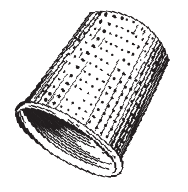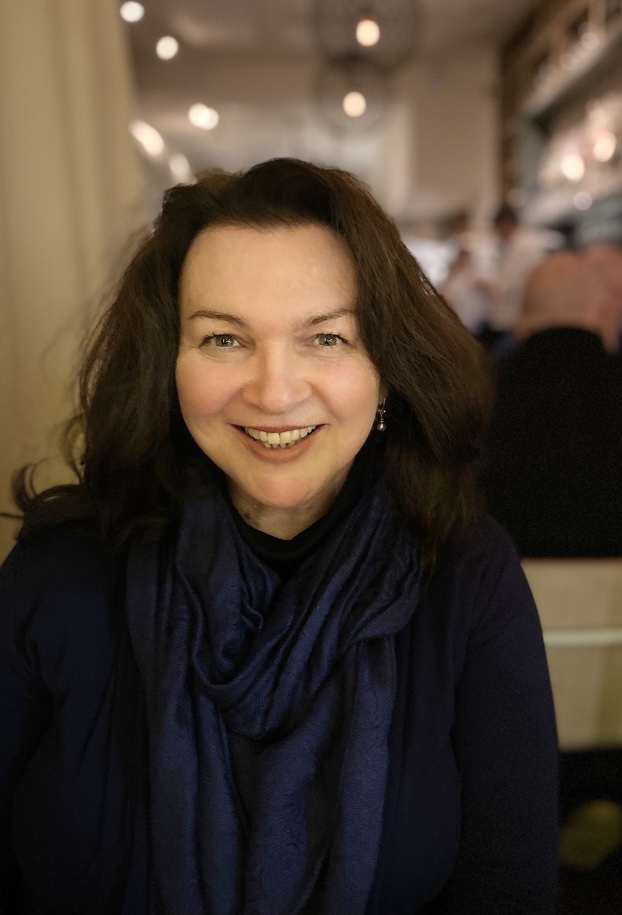My daughter visited a Karine Giboulo exhibit, a re-creation
of the artist’s life-size home with over 500 miniature clay
figures populating furniture, appliances, delivery boxes, rugs.
I think The Borrowers, but our girl describes an open dresser
drawer with rows of workers hunched over industrial sewing
machines, a gardener harvesting produce from a strainer
in a sink, people queued on the kitchen counter
waiting for the food bank to open.
The next morning, in the small hours, my father,
the one who raised me, appears. I haven’t dreamt of him
in years, yet now discover boxes he’s left for me to find,
open them one by one. They’re filled with objects
I recognize from childhood:
twists of used string, canning lids and rings, worn kitchen
towels, tools—wrenches, standard and metric, screwdrivers,
plyers—most in working order, some corroded by rust.
My father appears. I gesture toward the boxes, ask
Why?
In case you need them, he says,
and I notice his eyes still carry the sky.
I have something for you.
From the top of the refrigerator, he retrieves a piece of sturdy
cardboard, the base for the diorama he’s built of colorful buildings,
like those found in Mediterranean port towns. The scene conjures
a seaside visit on a bright summer day, although we never made
such a trip when I was a child.
I wake, try to re-enter the dream; find it’s gone, yet hasn’t vanished.
It must have been summoned by what my daughter described:
a shag rug tinted colors of the ocean, clay families⎯fathers frolicking
in faux waves with their children⎯wonderous and somehow real.


